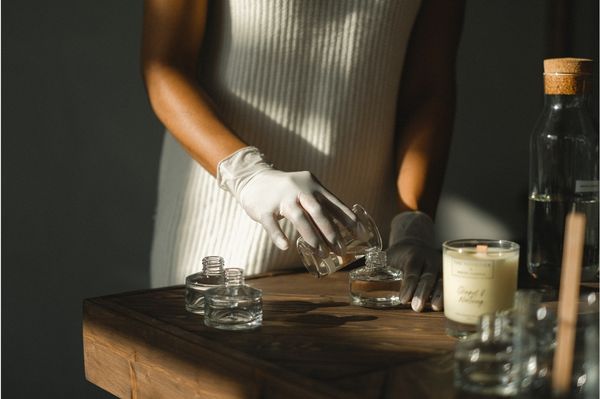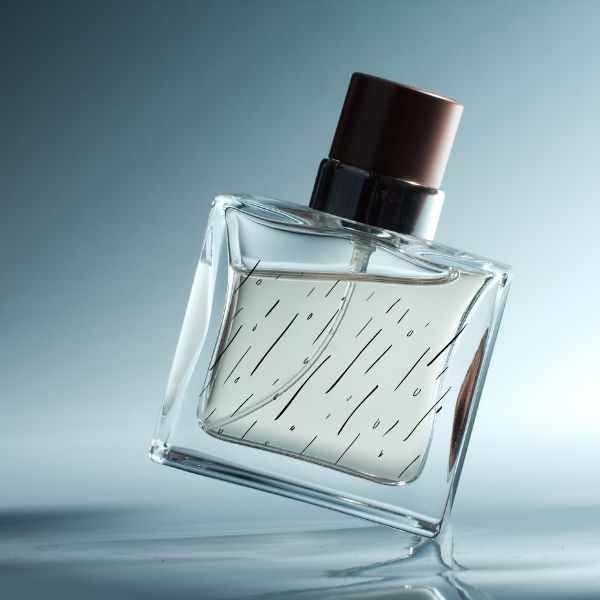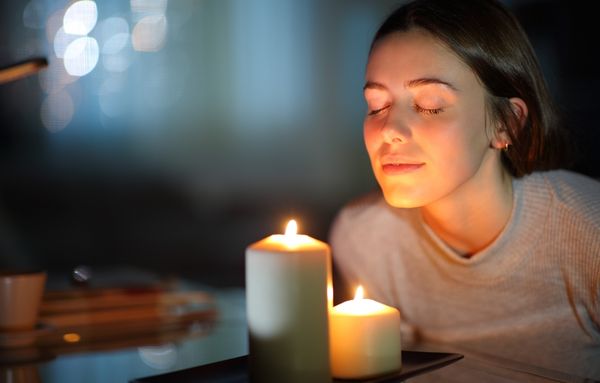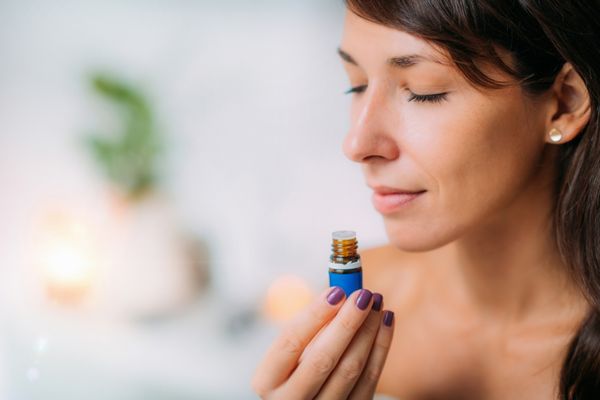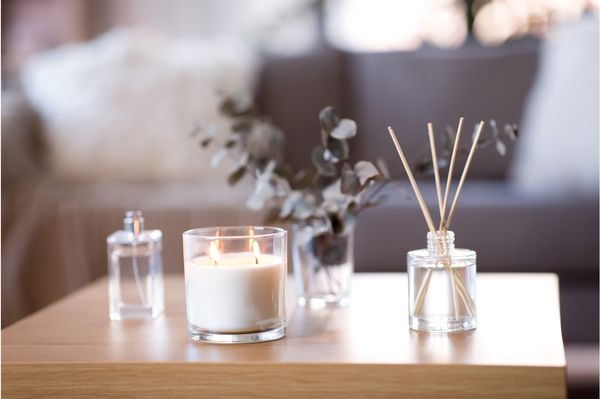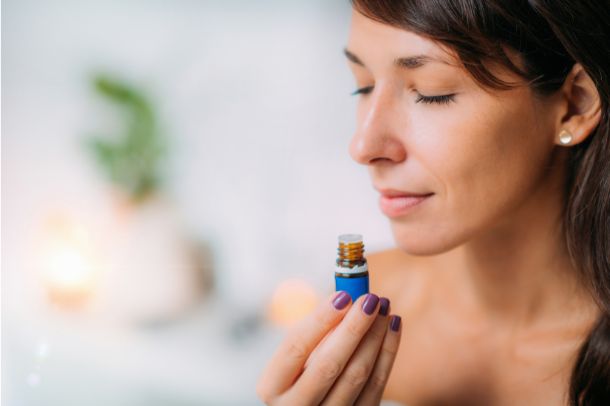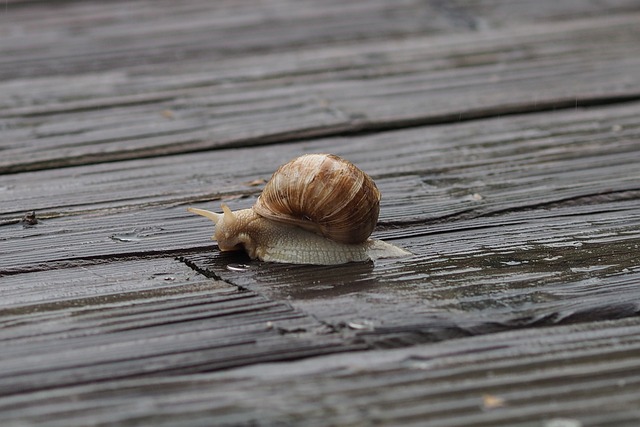Whether it’s the promise of change in the air, the skies turning grey and dark, or, best of all – the nostalgic & earthy smell of petrichor, rainy days are a blessing. It’s the perfect time for curling up with a book or staying in bed all day, listening to the pitter-patter of drops against your windows.
However, all of this has to go away when the rain stops, including the sweet smell of petrichor. Fortunately, you can use a few tricks to make petrichor smell again and bring back the peaceful atmosphere of a rainy day.
In this article, we’ll discuss how to make petrichor smell so you can enjoy its calming scent all year round. Read on!
The Natural Makeup of Petrichor
We’ll get to the tips and tricks, but first, let’s get to know petrichor a little better. What is it made of?
You see, the scent of rain is a phenomenon that has remained somewhat elusive throughout the centuries. Only recently did scientists pinpoint the exact components that makeup petrichor and how they interact with each other.
Petrichor is composed of compounds released from bacteria, ozone, and plant oils. These compounds evaporate when rain hits the ground, releasing a pleasant, earthy scent that’s both refreshing and calming.
The main components that constitute petrichor include:
- Geosmin – a compound produced by certain types of bacteria in the soil
- Plant oils – released from vegetation when rain hits the ground
- Ozone – created as a result of lightning, thunder, and other electrical storms
- Nitrogen compounds – also produced by bacteria living in the soil
How To Make Petrichor Smell: What You’ll Need
Now that you know what petrichor is made of let’s get into how you can recreate it at home! Here’s a closer look at the items you’ll need for the project:
1. Terpenes
Terpenes are organic compounds that provide plants and flowers with their unique scents and flavors. These compounds are found in various plants, from common herbs to conifers. They are also contributing to the aromas associated with petrichor.
There are hundreds of different types of terpenes, each with its unique scent profile, aroma, and flavor.
To make your petrichor smell as authentic as possible, the recommended terpenes are myrcene, terpineol, and pinene:
- Myrcene is an earthy-smelling compound that adds subtle sweetness and musk to the blend.
- Terpineol has a pleasant floral aroma and adds freshness to the smell of petrichor.
- Pinene has a distinctive pine-like smell that gives the blend a natural verdant quality.
2. Water
Water is essential for creating the petrichor smell. The water you’ll need depends on how strong or subtle you want your petrichor scent to be, so adjust accordingly.
For example, if you want a stronger smell, add more water. On the other hand, if you’re looking for something more subtle and natural-smelling, use less water.
3. Essential Oils
Essential oils are concentrated natural oils derived from plants and flowers, each with its distinct scent profile. They are used in aromatherapy to relax the body and mind, but they can also be used to create a petrichor smell.
For a more authentic scent, opt for essential oils such as cedarwood and eucalyptus, which both add earthy notes to your blend. You can also use other essential oils as per your preference, such as lavender and rosemary.
4. Geosmin
Geosmin is one of the primary ingredients in petrichor – it’s a chemical compound secreted by certain types of bacteria and fungi. Geosmin is possibly the most significant ingredient behind petrichor’s pleasant, smoky aroma.
There are several ways you can get geosmin for petrichor, including digging up soil from your backyard as well as buying it online. We suggest buying geosmin from reliable sources to guarantee its high quality.
5. Floralozone
Getting ozone to put into your petrichor blend can be quite tricky and, in some cases, dangerous. Fortunately, floralozone is a safe and easy option that you can use to get the same ozone-like smell that’s associated with petrichor.
Floralozone is a synthetic chemical that reproduces the smell of ozone without the risk of releasing harmful gases into your home. It’s also easy to find online or at specialty stores and usually comes in liquid form for convenient use.
How To Make Petrichor Smell: A Step-by-Step Guide
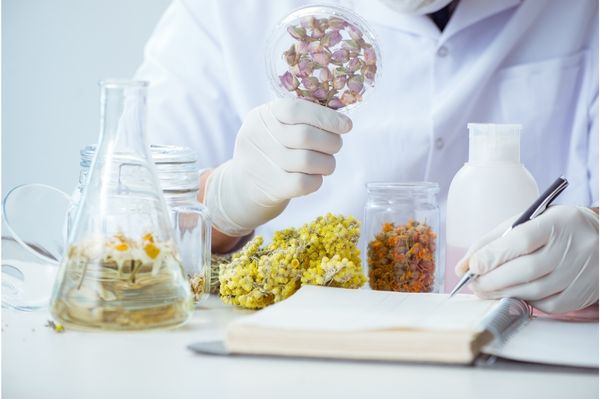
After you have all the ingredients you need, it’s time to get to work! Here’s how to make petrichor smell that smells just like the real thing:
- Start by mixing 10 parts geosmin, 2 parts floralozone, and 0.5 parts of each of the three terpenes – myrcene, terpineol, and pinene – together in a bowl or container.
- Once you’ve mixed all the ingredients together, add one cup of distilled water to your blend. This will help dilute the aromas and make them easier to work with.
- Now, it’s time to add the essential oil. Start with a few drops of cedarwood and eucalyptus essential oils. These two provide an earthy base for your petrichor scent, so be sure to use them in abundance.
- Now, you can add some other essential oils as per your preference – lavender, rosemary, and peppermint are all great choices.
- After you’ve added the essential oils to your blend, please give it a good stir and let it sit for a few minutes. This will allow the aromas to combine and create a pleasant, natural-smelling petrichor aroma.
- Finally, transfer your petrichor scent into an atomizer or spray bottle and use it to scent your home.
Wrapping Up
Now that you know how to make petrichor smell, you can enjoy the pleasant scent of rain in your home all year round!
Remember to use only the highest quality ingredients when creating your petrichor blend, and don’t overdo it with the DMS, as this can easily overpower the other aromas. With a bit of patience and practice, however, you’ll be able to create an authentic petrichor scent that’s sure to be enjoyed by all.




